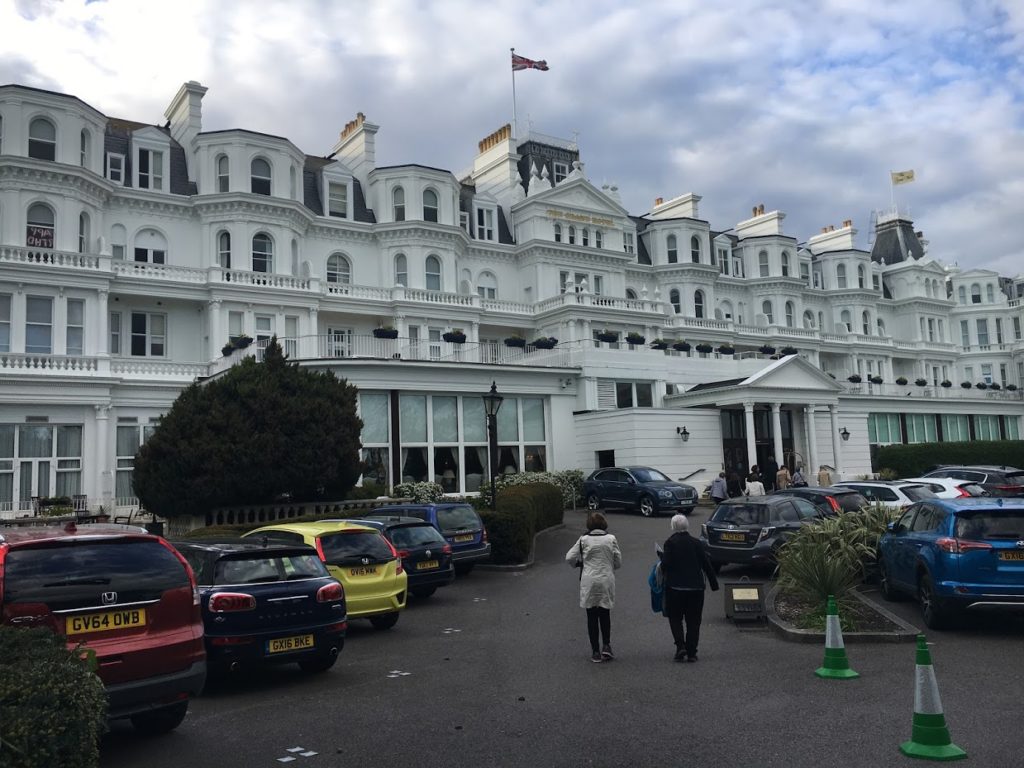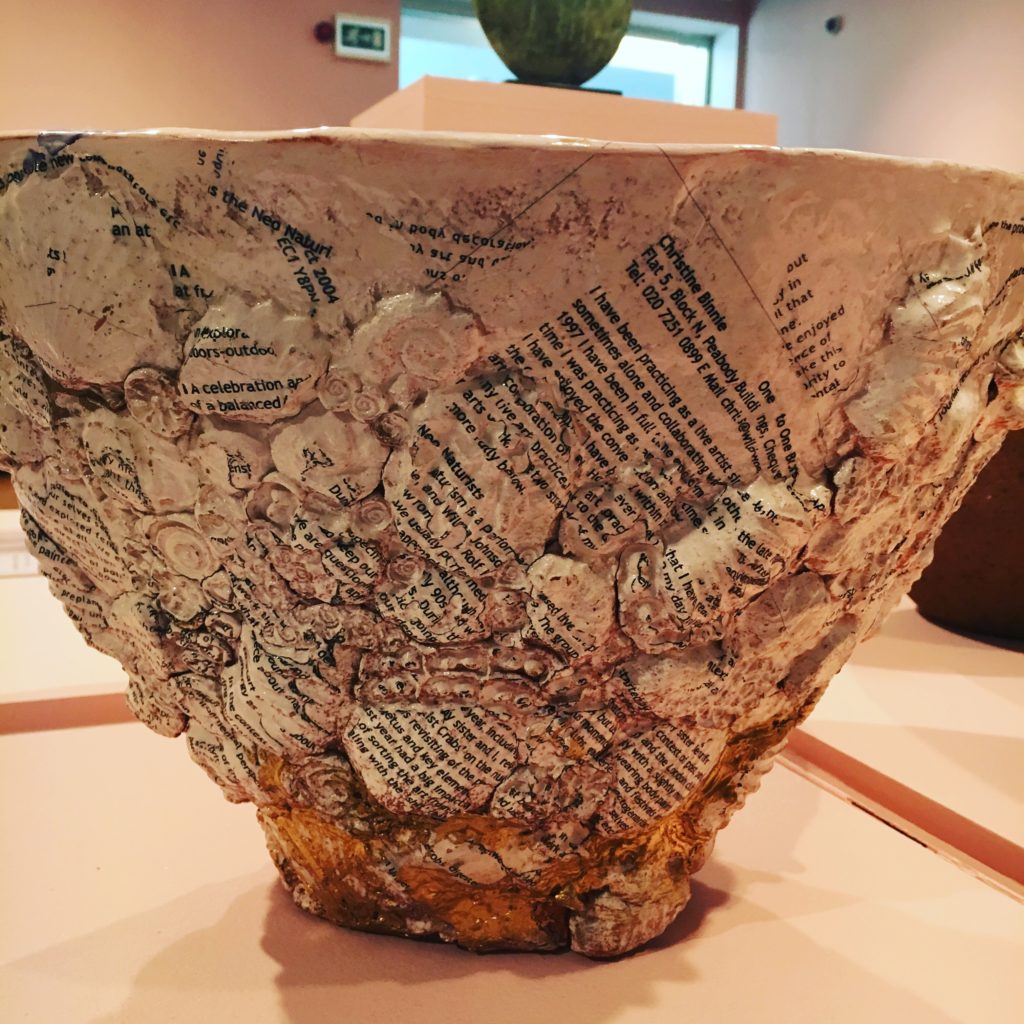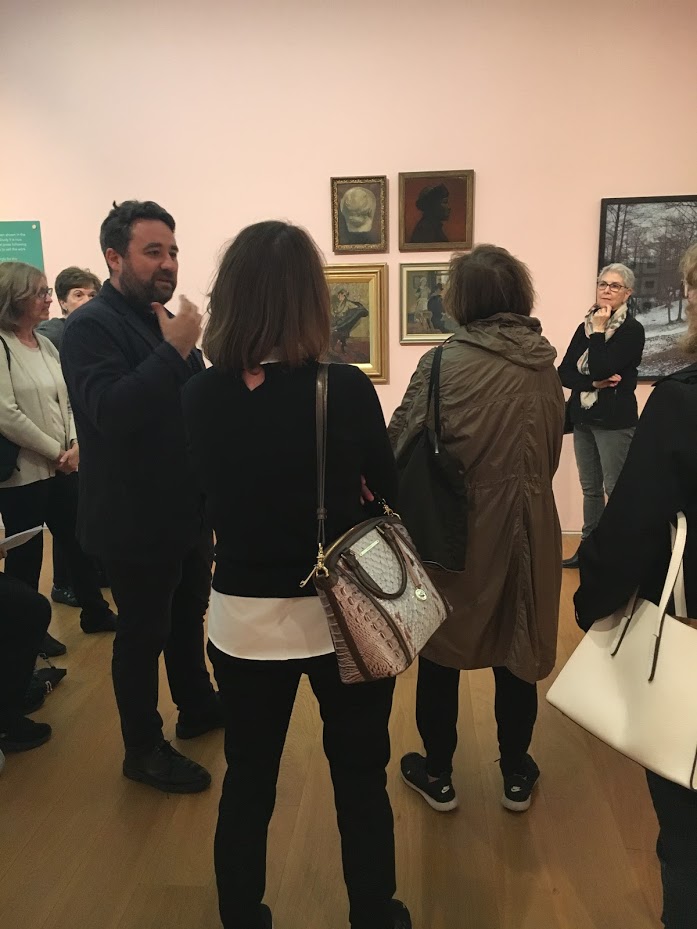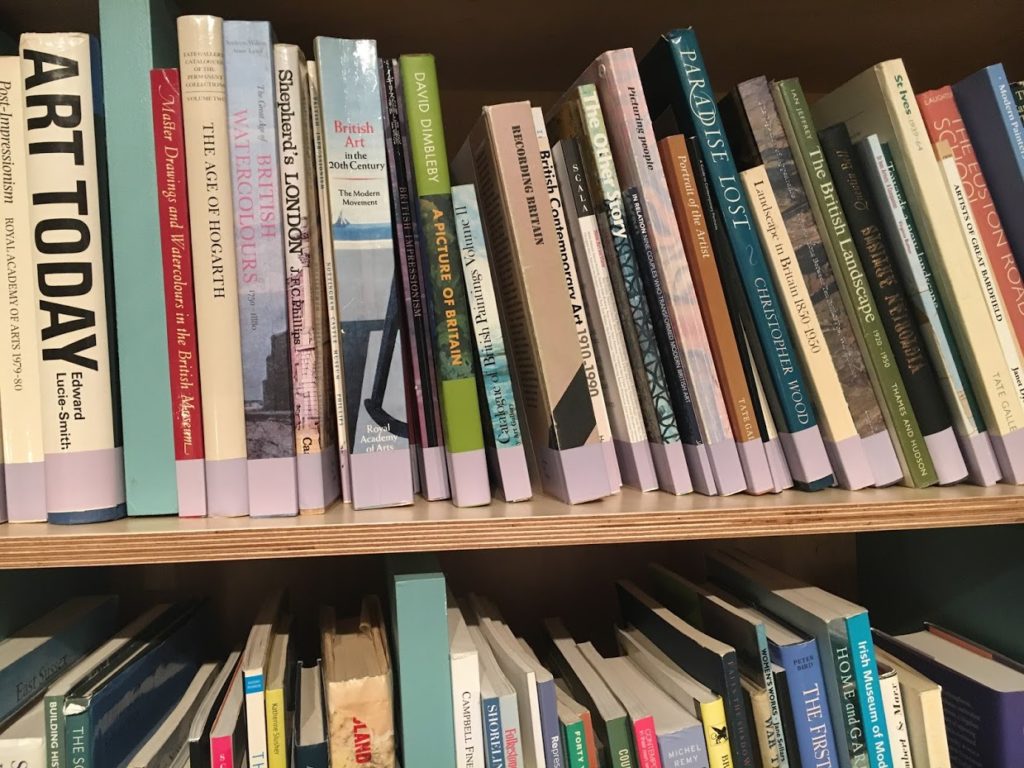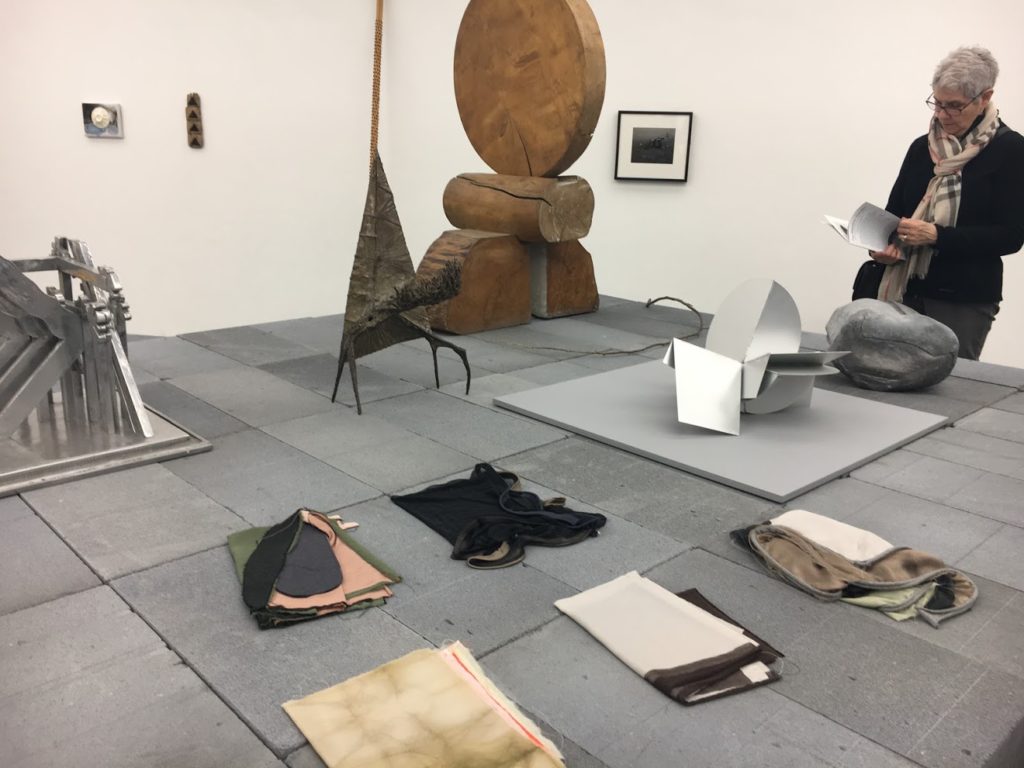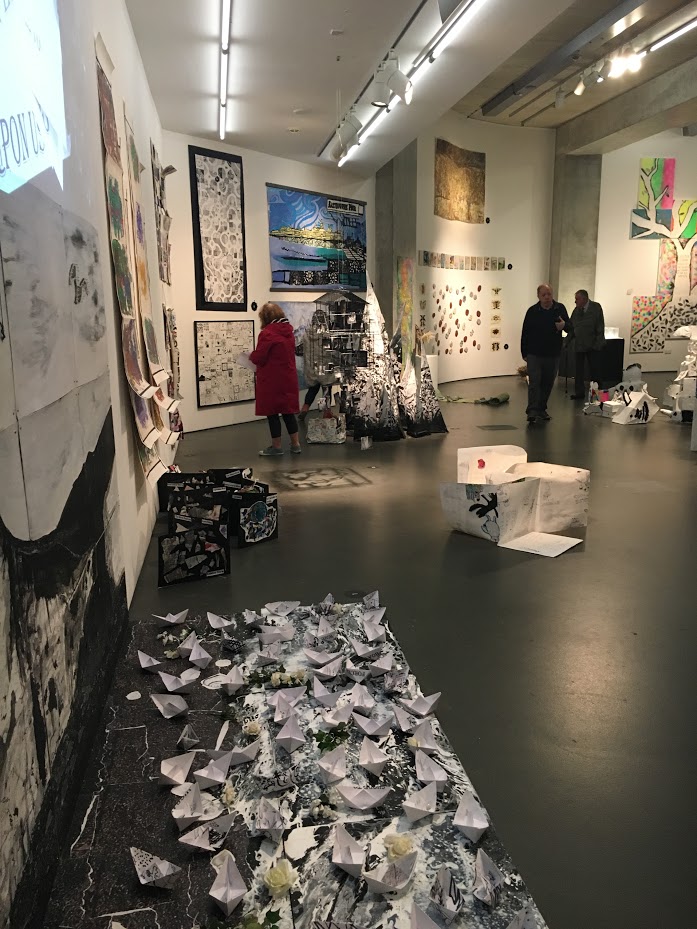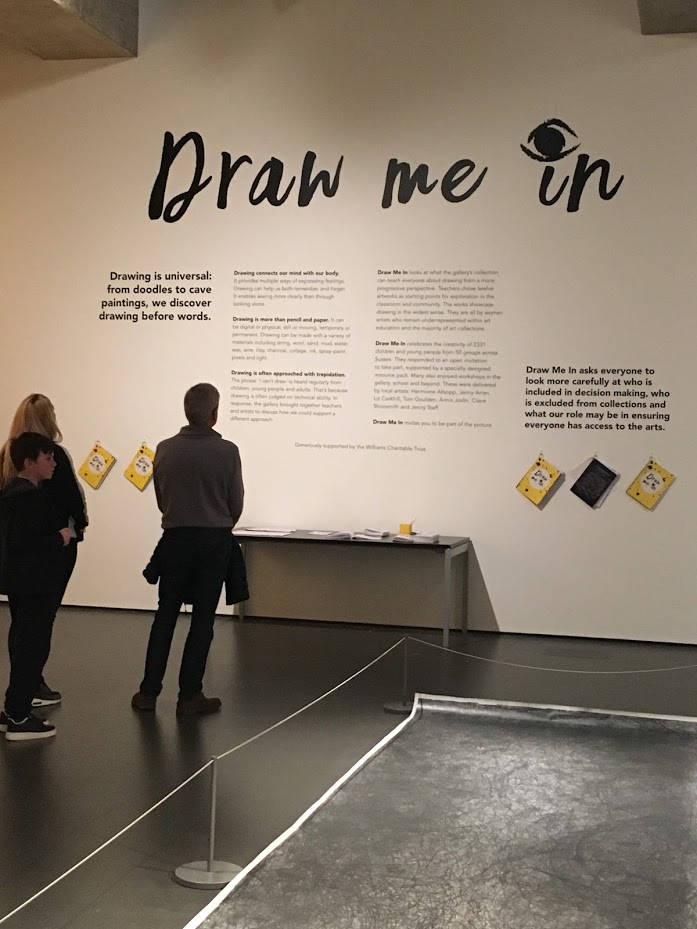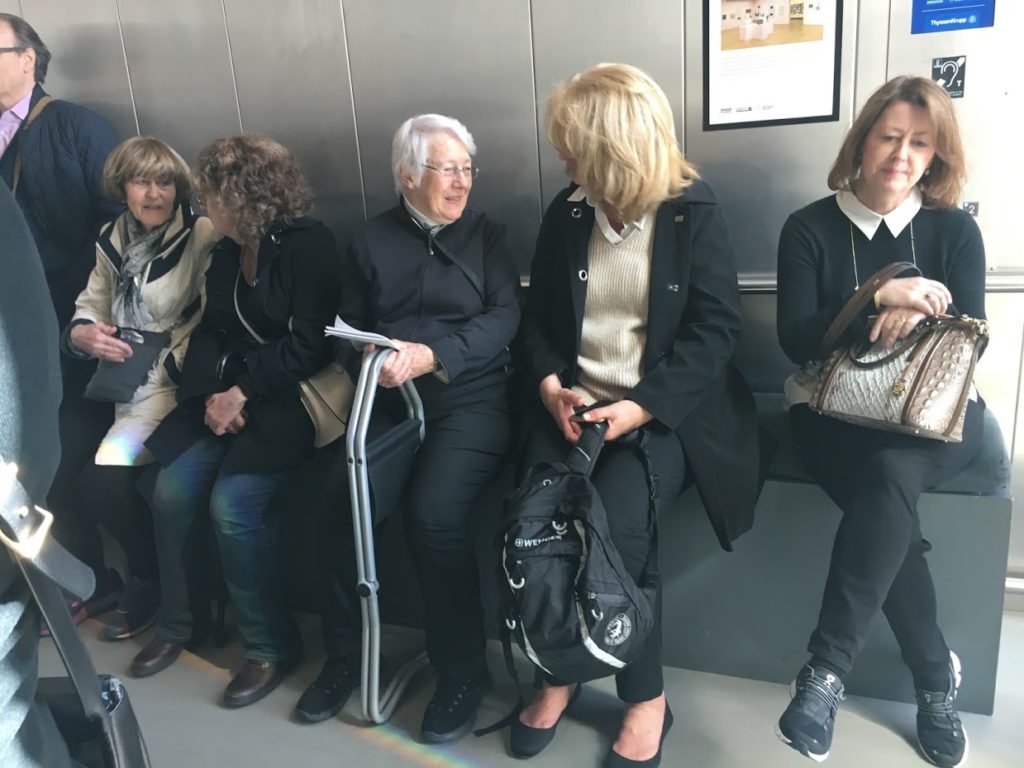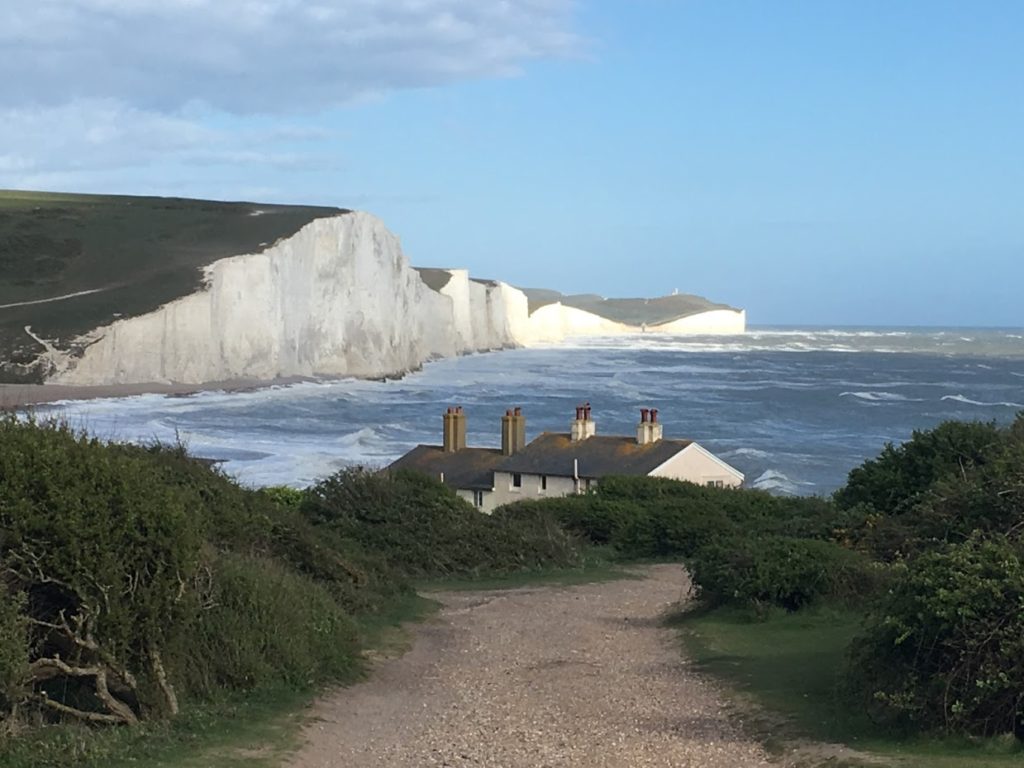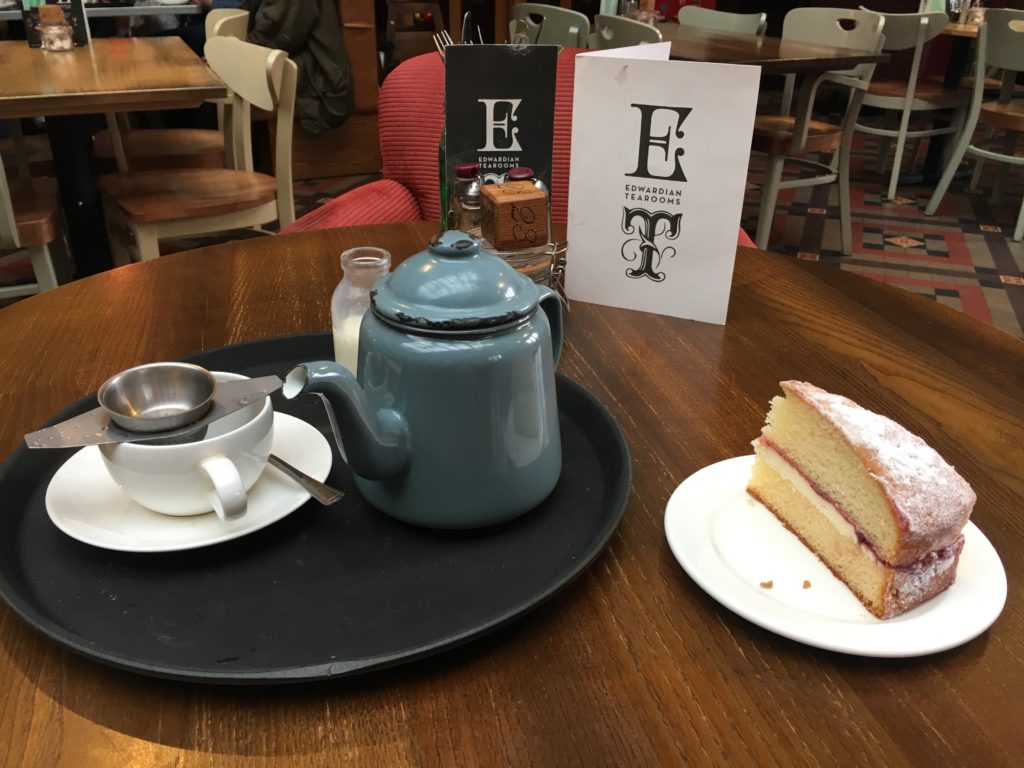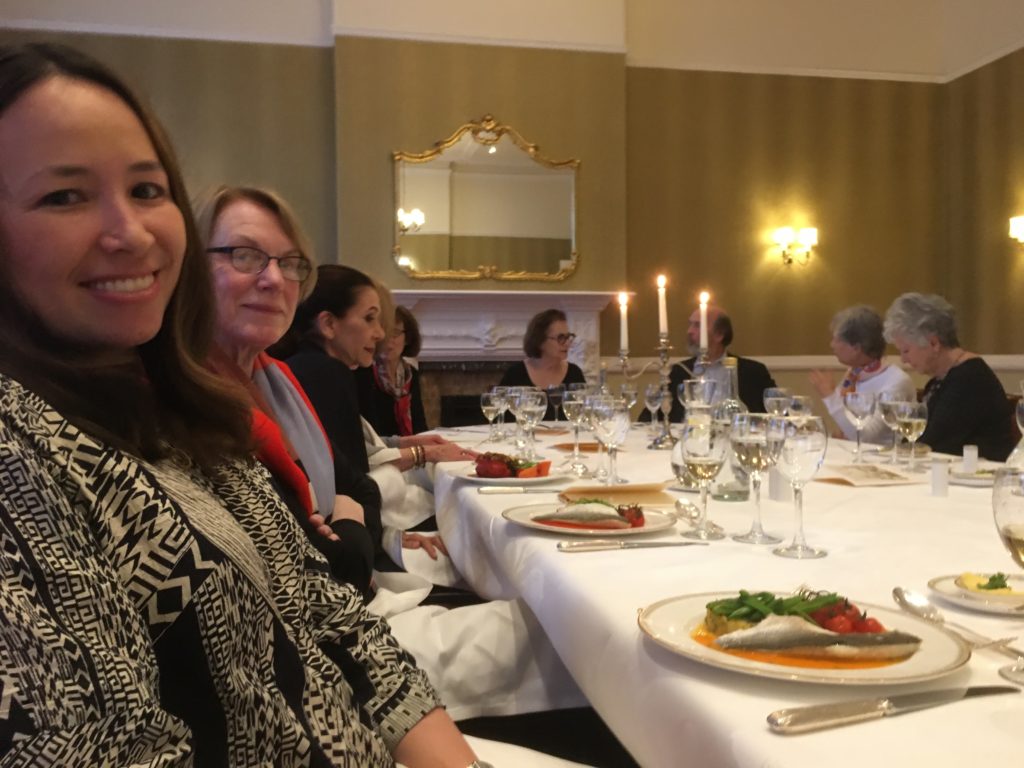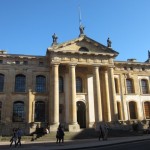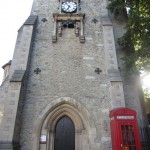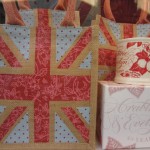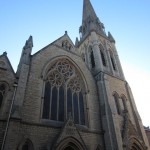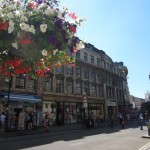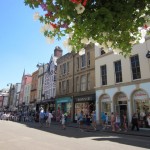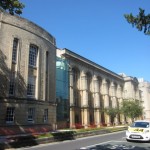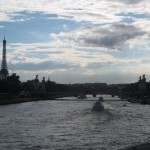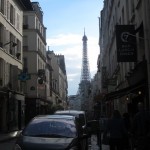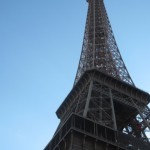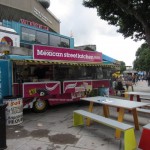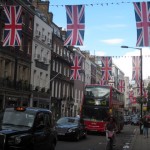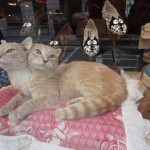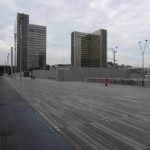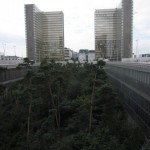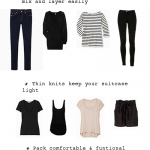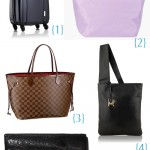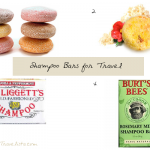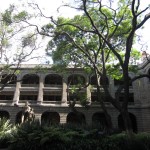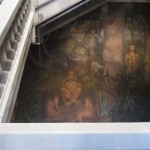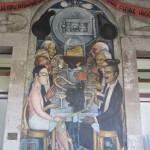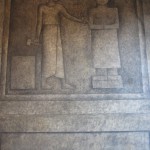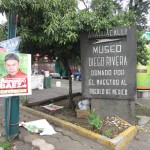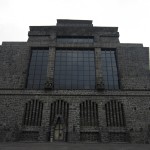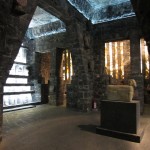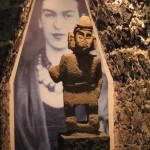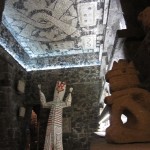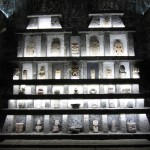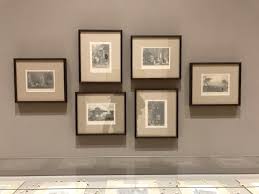
Six framed prints from Fred Wilson’s “Afro Kismet” show at Pace Gallery
When we first moved to New Haven over 4 years ago, one of the recurring selling points was that it was “only an hour and a half from New York.” At the time, I didn’t think that was a very compelling reason to uproot my then 8-month old twin boys and our lives in San Diego, but over time, I’ve definitely seen it as a crucial benefit. The proximity of New York – New Haven has definitely made it possible for me to see shows at galleries and museum that I otherwise would not have been able to see. Some of my favorite memories of working at the Yale Art Gallery and the Yale Center for British Art have been the days out of the office with colleagues on day-trips to the NYC. Whether to network with new colleagues, check out British artists, hangout with our Yale-Smithsonian Bartels Intern at the NMAI, or present at conferences, I have had a ton of reasons to come to New York and great memories that I carry back with me on the Metro-North.
The summer is a great – though hot – time to come to NYC, and while most of the major exhibitions seem to have closed and galleries are on hiatus, there were two good reason to make the trek: Fred Wilson’s Afro Kismet at the Pace Gallery and John Akomfrah’s Signs of Empire at the New Museum. Am in between the two shows enjoying an Earl Grey and chocolate chip cookie at the New Museum, and haven’t had a chance to see the Akomfrah. The Fred Wilson show, however, was really, really cool. Fred Wilson has been a touchstone for me since I first learned about “Mining the Museum,” and his work has been a consistent reference point the way I think about art, institutional critique, and museums. When my boss, Linda, encouraged me to see the show, I took her up on the offer.
For me, there were two highlights:
(1) his juxtaposition between African objects and European oil paintings.This totally reminded me of both Pedro Lasch’s Black Mirror / Espejo Negro and Demian Flores’ Deconstruction of a Nation / Deconstruccion de una nacion, both of which I wrote about in a short e-misferica article, in which I actually mention Wilson. So I’m coming full circle here, 4 years later, in New York. I kept wondering why he chose to bring these specific African sculptures together with these European paintings – were they made at the same time? Did they have a similar visual register? Was there a geographic specificity to them? The exhibition text was sparse and I’m hoping the catalog will help me answer some of these questions.
(2) his overlay of parchment or wax paper so that the majority of the image was obscured except for the little ovals that highlighted the black figures in the image. I really enjoyed this subtle way of emphasizing the figure of African descent, as it emphasized the global reach and specifically Turkish context in which many Africans were visually registered. That said, they sometimes seemed very shadowy figures, and by not clearly viewing the context, it made it difficult to understand what role that figure had in the image. Were they always in a negative, downgraded position in servitude or in the shadows, or is there any counter-reading available that could see their very presence a form of acknowledgment and assertion. This is visible proof of their existence, and the very visual material that makes Wilson’s project possible.
This refocusing reminded me of Titus Kaphar’s Crumpled and Wrapped series, where he’s literally re-framing the canvas, often to emphasize the figure of African descent. As a New Haven-based artist, I’ve had the pleasure of meeting him and teaching from his works of art at the Yale Art Gallery. His work is incredibly meaningful, and he couldn’t be a nicer person.
I’ve finished my tea and cookie, so I should sign-off and check out the Akomfrah show before I have to get back on the Metro-North. Trying to pace myself by only seeing a few shows during each trip to New York, and staying hydrated, caffeinated, and full has definitely become a priority. Have also learned the value of taking taxis instead of the subway and packing light. On to the next adventure!
P.S. If you’re ever in New York, come to New Haven! It’s only an hour and a half away!
